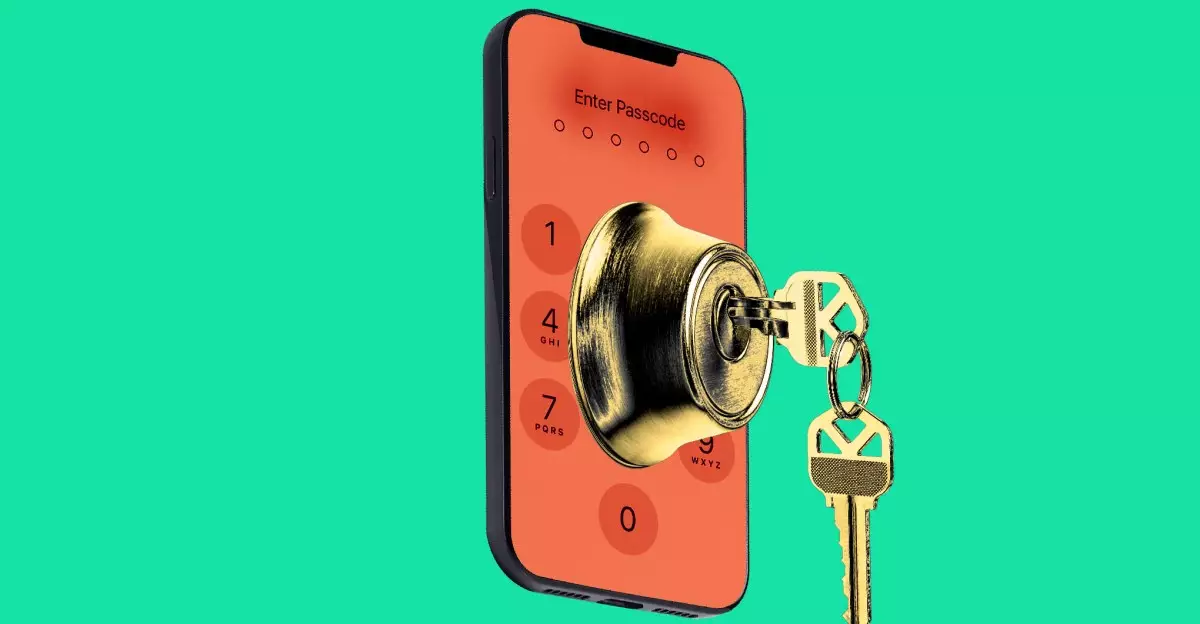In an era where digital identity theft and account hijacking are increasingly sophisticated, AT&T’s introduction of the Account Lock feature signifies a much-needed shift toward prioritizing consumer security. While many carriers have taken steps to safeguard their users, the real power of this feature lies in its proactive approach. It isn’t merely a reactive measure after an attack but a fortress that prevents unauthorized modifications from occurring in the first place. This change reflects an understanding that in the modern digital landscape, prevention is far superior to cure. The feature’s ability to block unauthorized SIM swaps, billing updates, and account changes underscores AT&T’s recognition of these vectors as primary attack points for cybercriminals and fraudsters.
Limitations and User Responsibility
Despite its promising potential, the effectiveness of the Account Lock depends heavily on user engagement and understanding. The process of enabling or disabling the feature is straightforward, accessible via the myAT&T app; however, the onus is still on users to make proactive decisions about their account security. There’s an inherent risk that consumers might overlook or underestimate the importance of activating this safeguard, especially if they are unaware of how prevalent SIM swapping attacks have become. Moreover, the feature’s reliance on primary account holders and secondary users to manage its activation could potentially exclude less tech-savvy or disengaged accounts from benefiting fully, leaving gaps in security.
Comparative Perspective and Industry Trends
AT&T’s move aligns with an industry-wide trend where major carriers like Verizon, T-Mobile, and Google Fi have implemented similar protections against SIM hijacking. This collective effort indicates a recognition that these threats are no longer fringe issues but core security concerns affecting millions of users. However, the geo- and carrier-specific variations in implementation reveal the uneven landscape of mobile security. Critics could argue that while such features are steps in the right direction, they are insufficient without robust consumer education and a commitment to ongoing security innovations. In particular, the ease of enabling and managing Account Lock can be a game-changer, yet only if users are motivated and informed to trust and utilize it consistently.
Potential for Broader Impact
The introduction of Account Lock by AT&T has the potential to redefine user expectations and influence broader industry standards. When users see tangible safeguards protecting their digital lives, they may demand similar or better protections from other service providers. Furthermore, the process of notification—timing users via email and text—enhances transparency and fosters trust. This layered notification approach can serve as a deterrent for attackers who rely on secrecy to succeed. Ultimately, the success of this initiative hinges on ongoing consumer education, widespread adoption, and the evolution of additional security features. In an age where cyber threats evolve rapidly, putting the power directly into consumers’ hands is a strategic move that could make a significant difference in curbing identity theft and fraud.
Note: While this feature represents a positive step, I remain cautious. Security is an ongoing journey, not a one-time fix. For all its advantages, the true test will be whether users actively embrace the protection or continue to underestimate the threat landscape that digital fraud entails.

